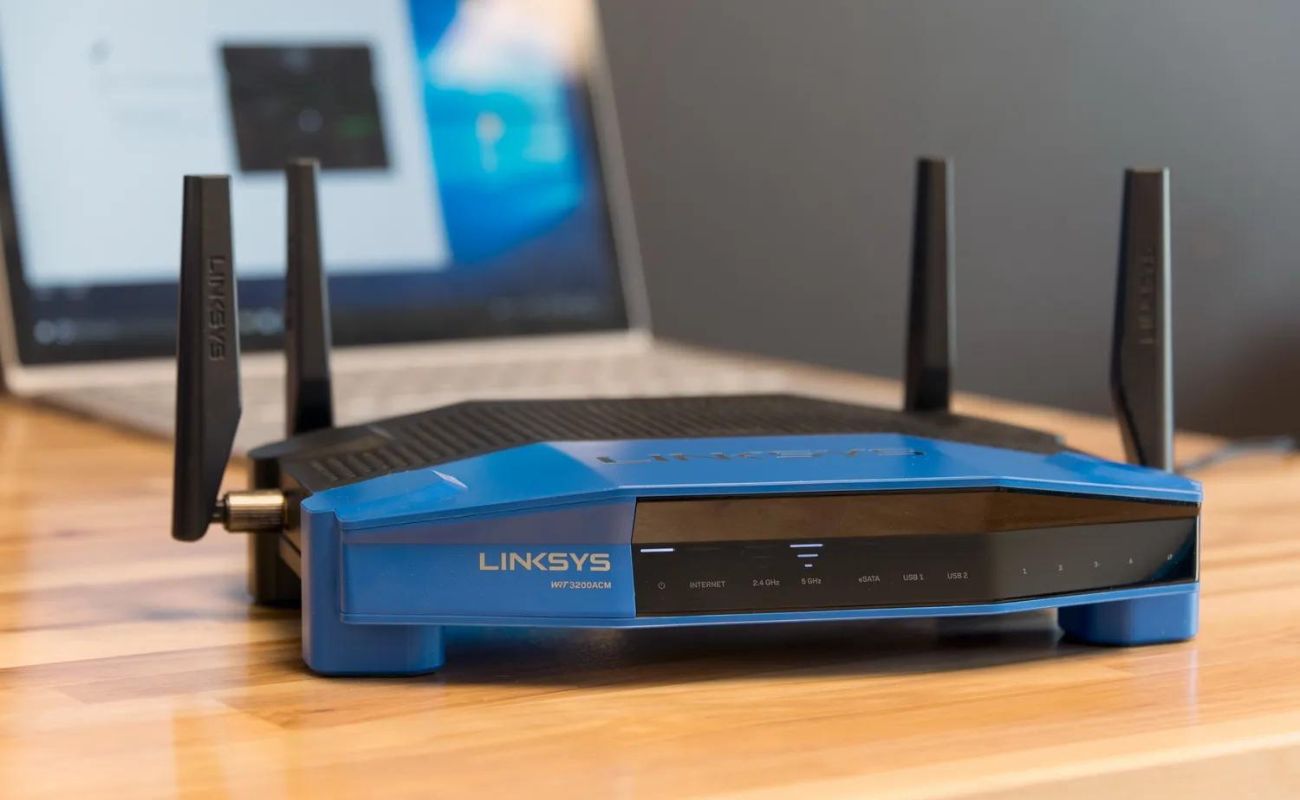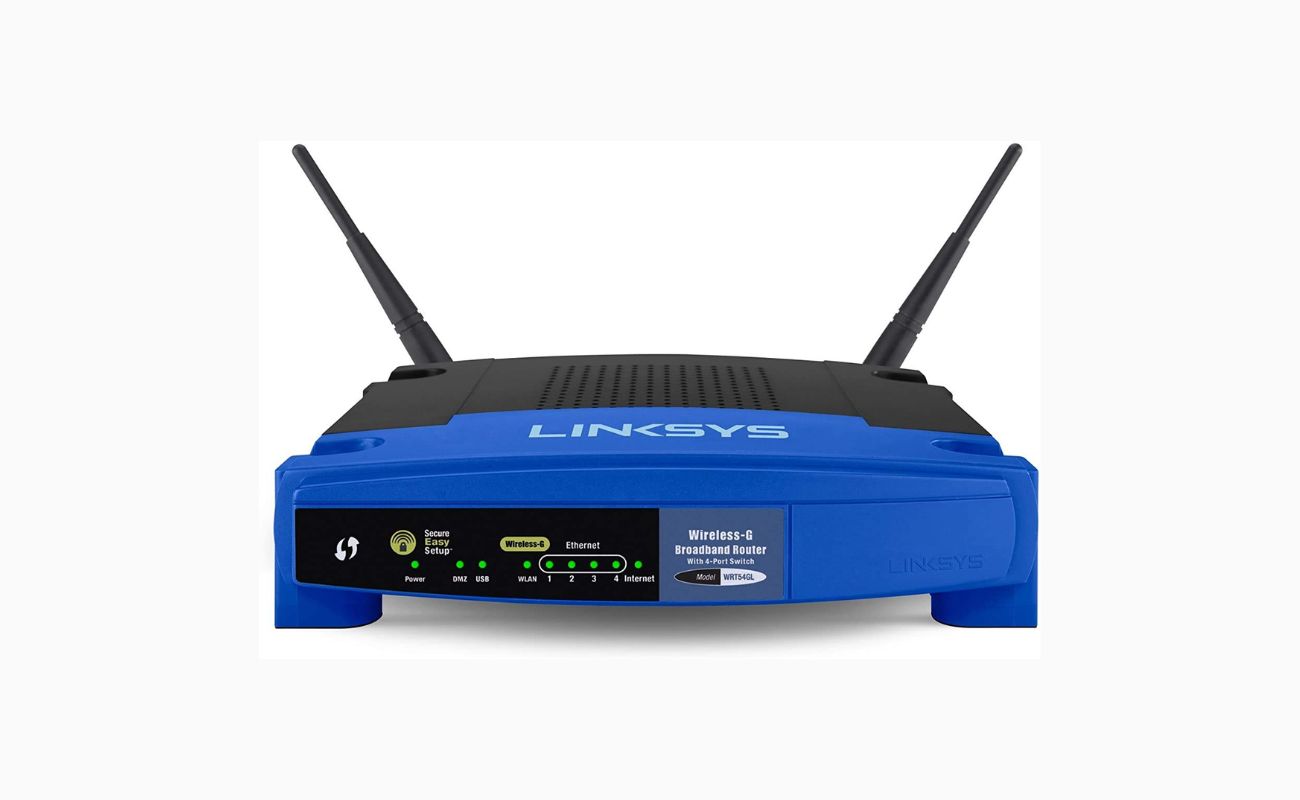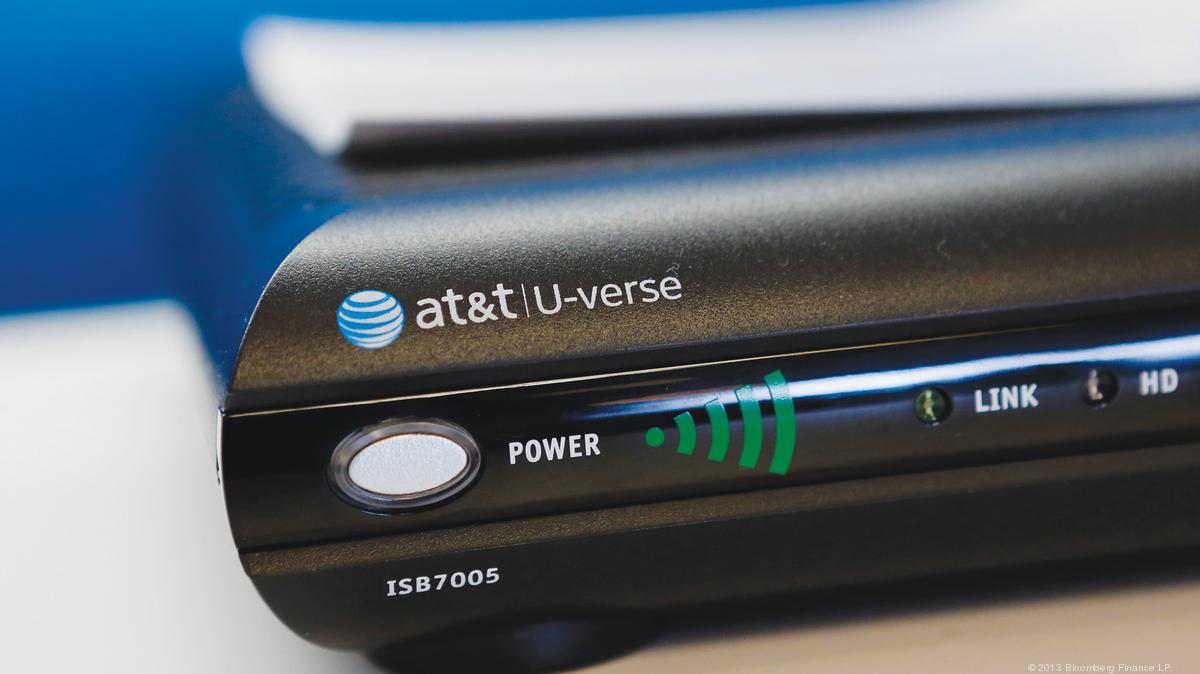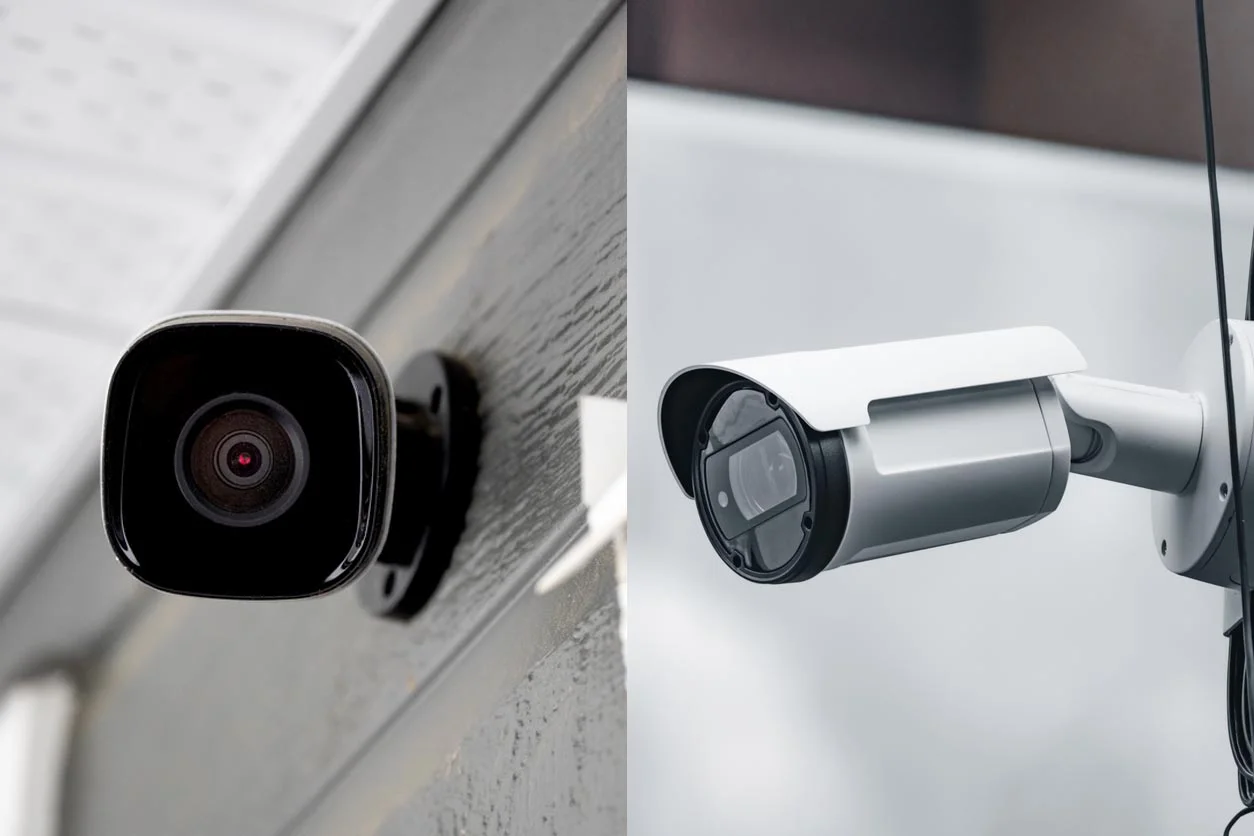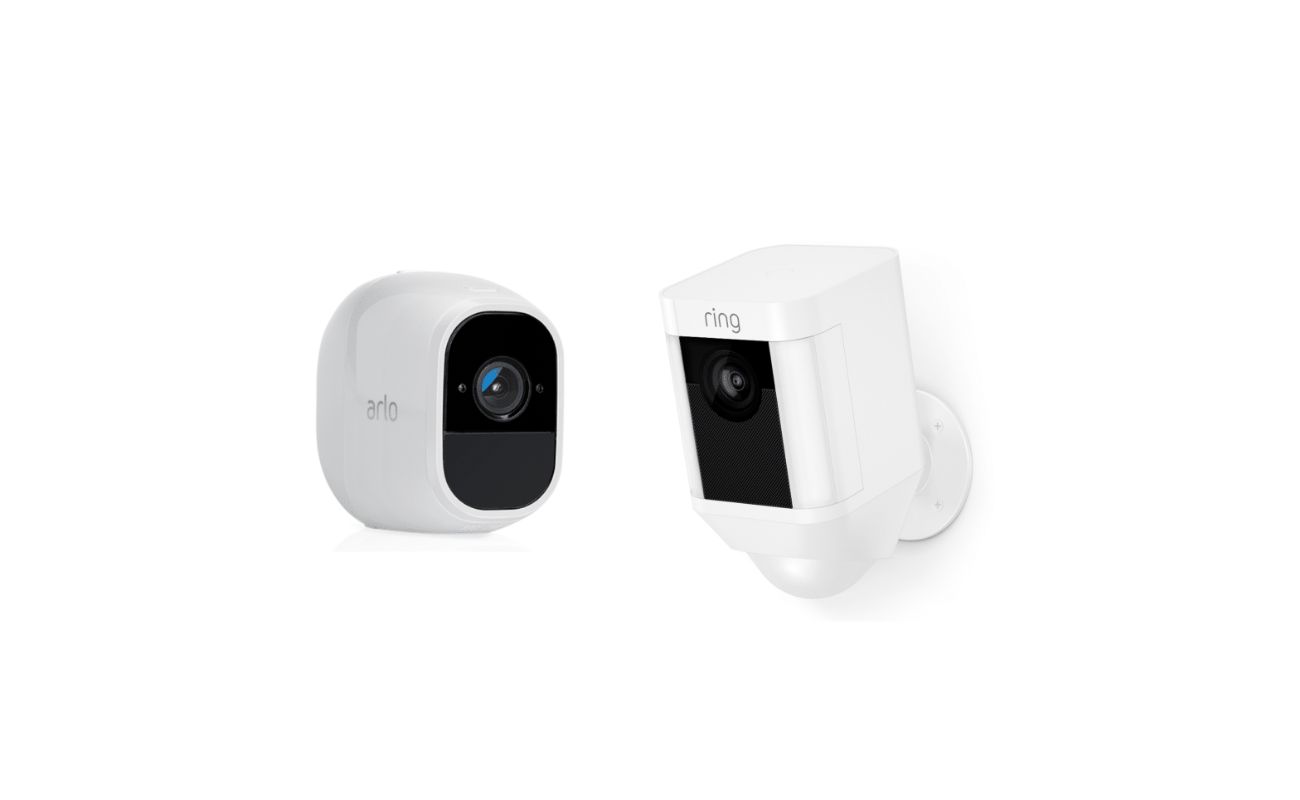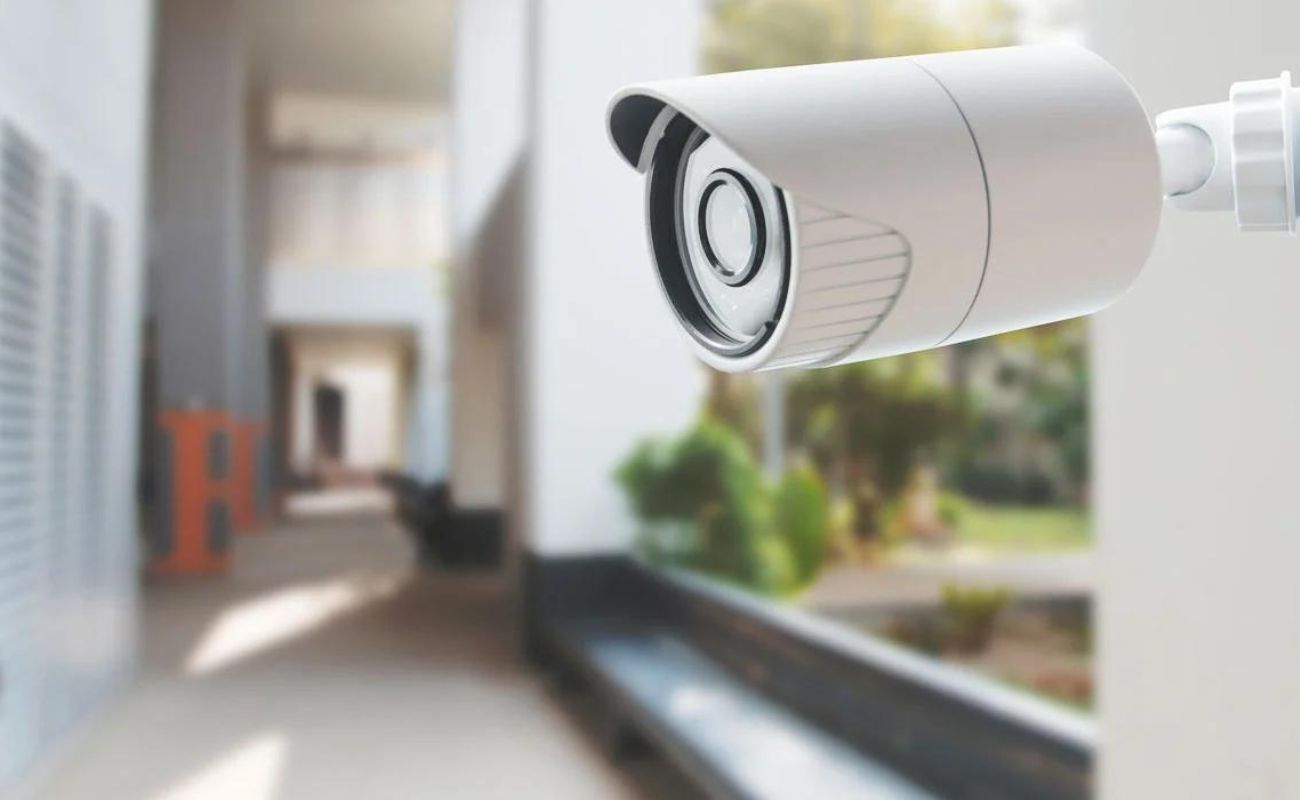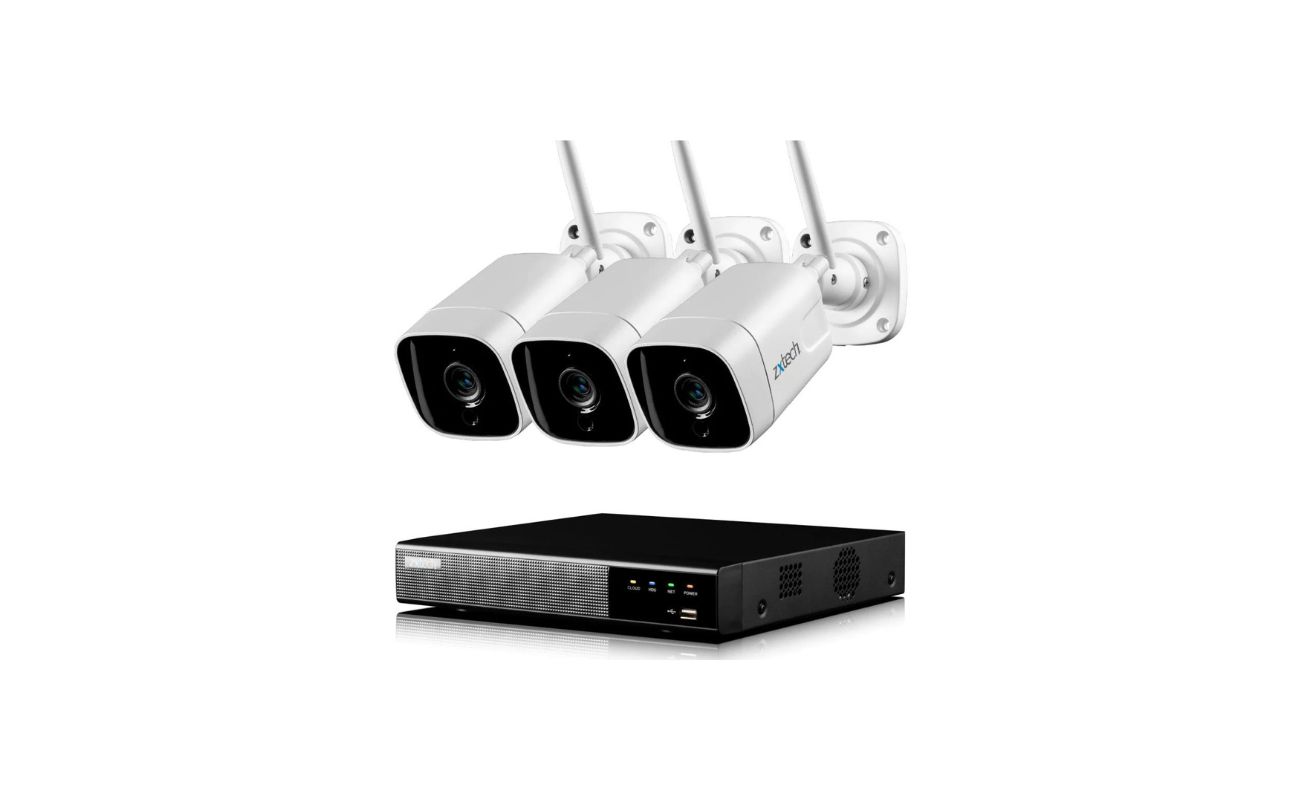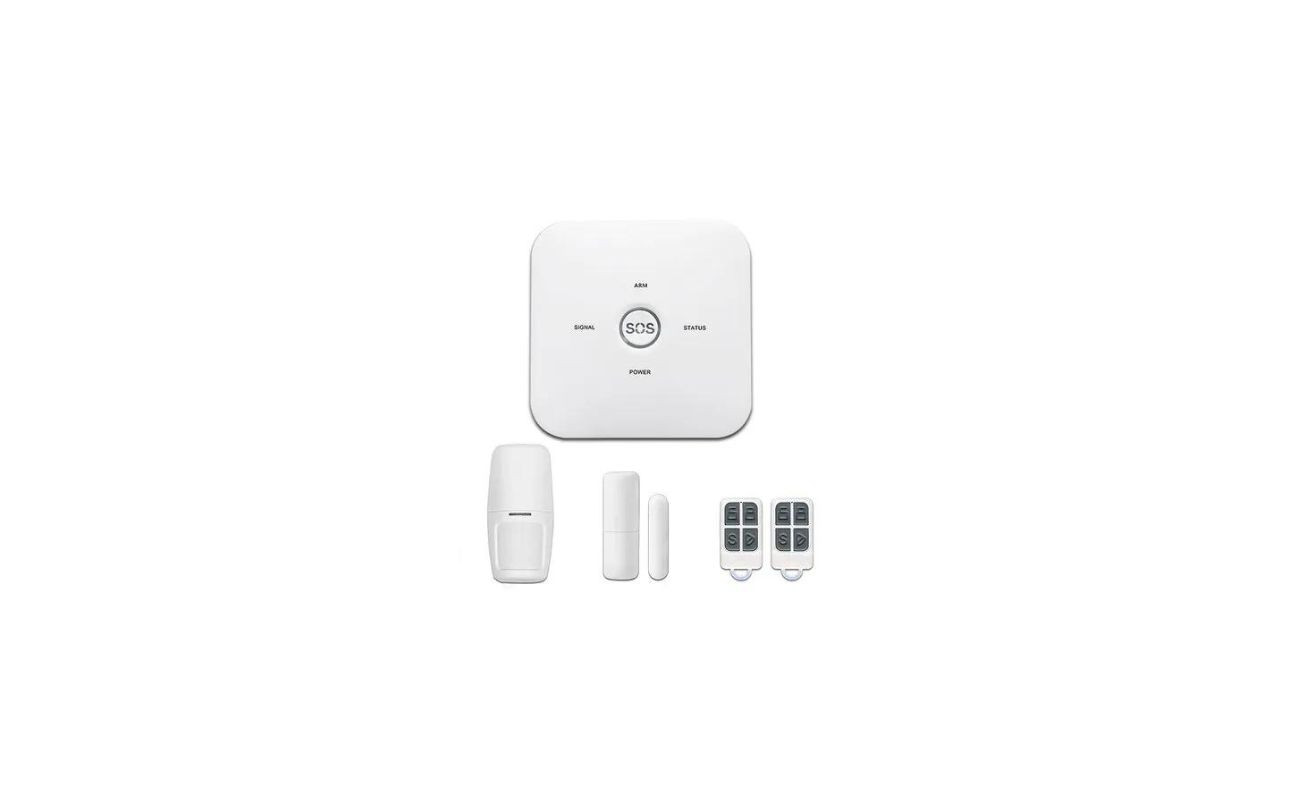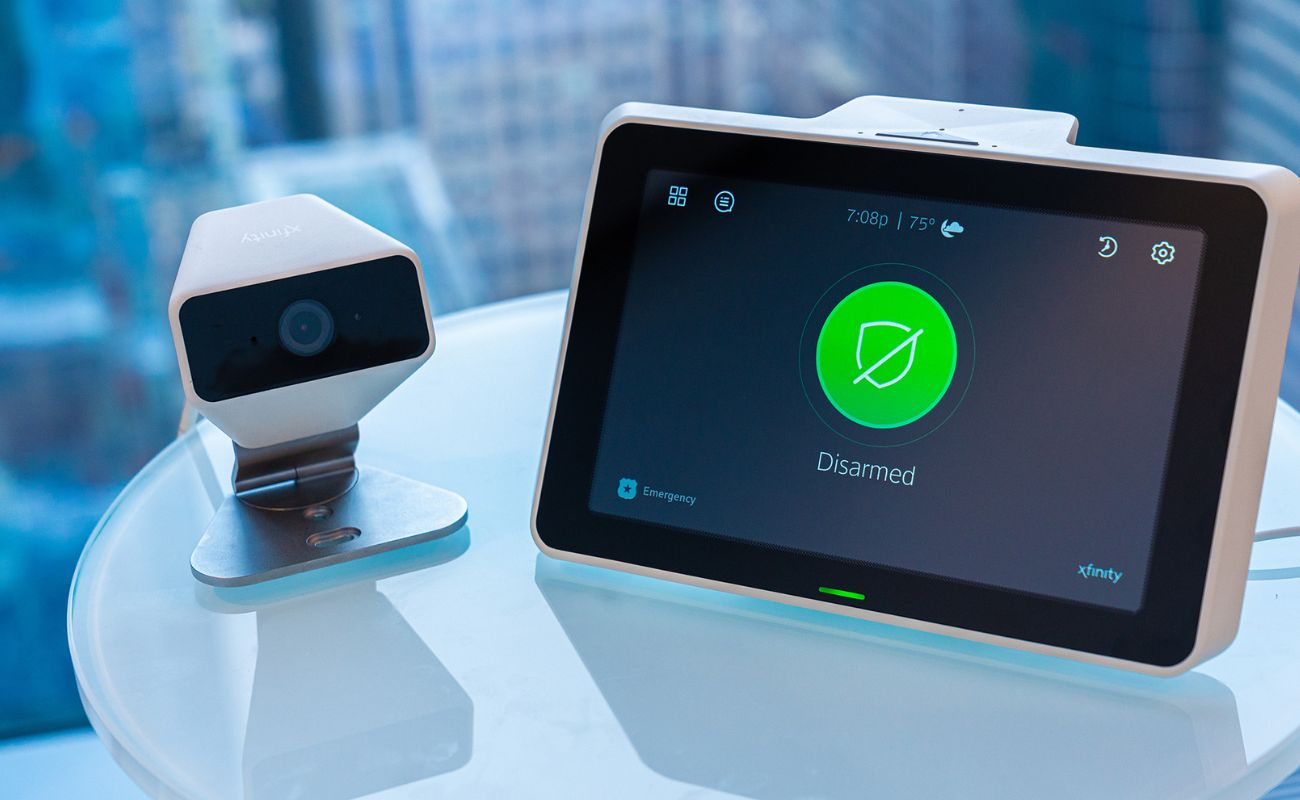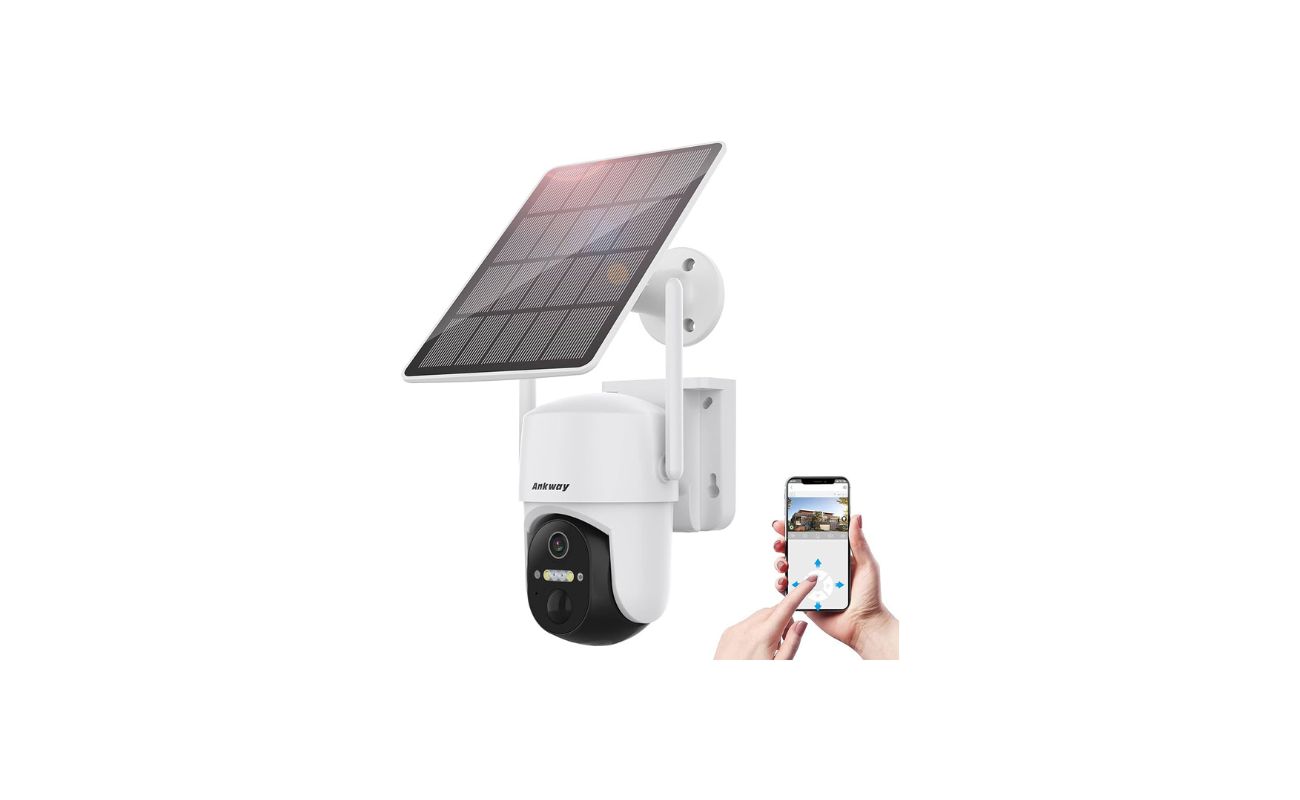Home>Home Security and Surveillance>Which Wireless Security Protocol Uses AES
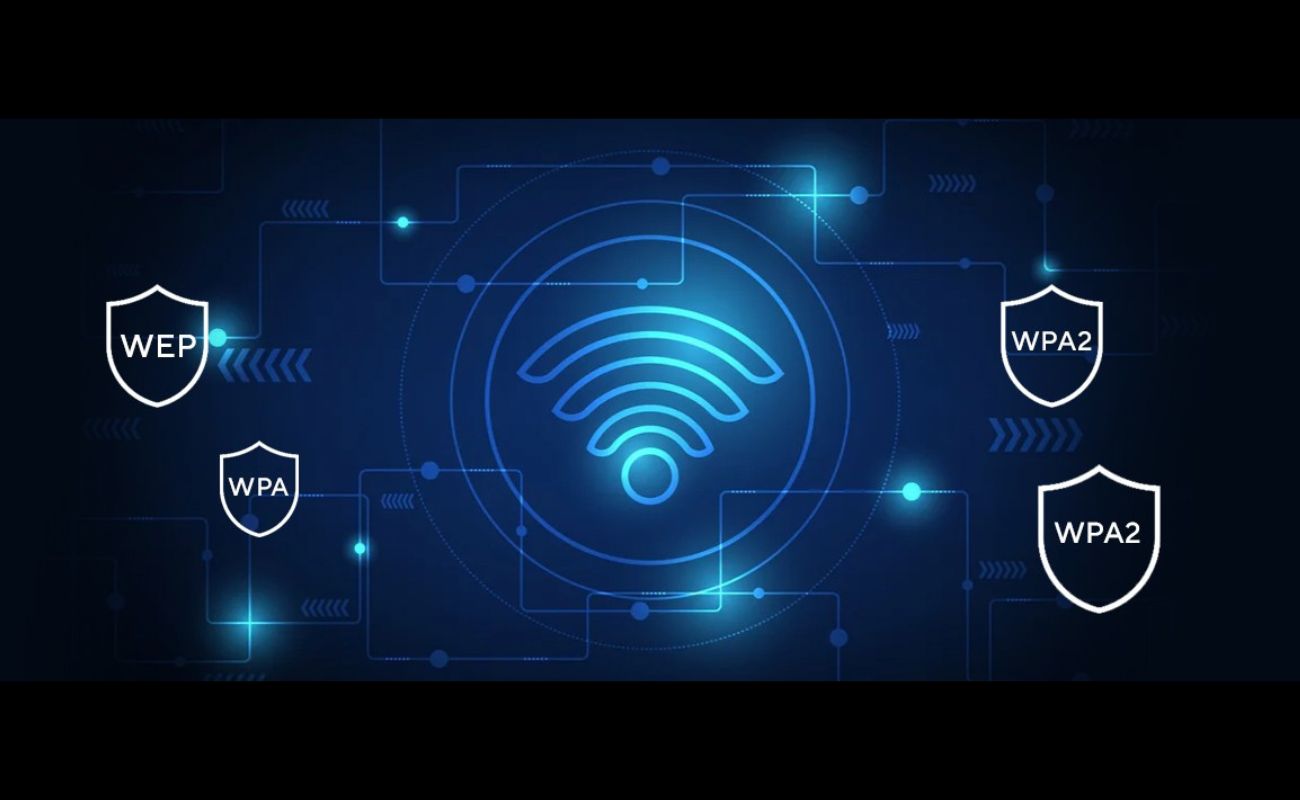

Home Security and Surveillance
Which Wireless Security Protocol Uses AES
Modified: March 6, 2024
Find out which wireless security protocol uses AES and how it enhances home security and surveillance.
(Many of the links in this article redirect to a specific reviewed product. Your purchase of these products through affiliate links helps to generate commission for Storables.com, at no extra cost. Learn more)
Introduction
Welcome to the world of home security and surveillance, where the safety and protection of your loved ones and your valuable belongings are of utmost importance. In today’s digital age, wireless technology has revolutionized the way we secure our homes, and wireless security protocols play a vital role in safeguarding our networks from unauthorized access and potential threats.
One of the most widely recognized and trusted encryption standards in the realm of wireless security is AES (Advanced Encryption Standard). AES is a symmetric encryption algorithm that ensures the confidentiality and integrity of data transmission over wireless networks.
In this article, we will delve into the various wireless security protocols that are commonly used and explore which ones specifically employ the AES encryption standard. By understanding the different protocols and their inherent security features, you’ll be able to make informed decisions when it comes to selecting the best wireless security system for your home. So, let’s dive in!
Key Takeaways:
- AES, a strong encryption standard, is used in the most secure wireless protocol, WPA2, ensuring data confidentiality and protection against unauthorized access.
- Choosing a wireless security protocol that uses AES, like WPA2, helps keep your home network safe from potential security breaches, providing peace of mind for you and your family.
Read more: What Are Wireless Security Protocols
AES (Advanced Encryption Standard)
AES, also known as the Advanced Encryption Standard, is a symmetric encryption algorithm widely recognized for its security and efficiency. It was established by the National Institute of Standards and Technology (NIST) in 2001 as the successor to the Data Encryption Standard (DES).
The AES algorithm uses a block cipher, which means it operates on fixed-size blocks of data. It supports key sizes of 128, 192, and 256 bits, making it highly secure against brute force attacks. AES encrypts data by transforming it through a series of substitution, permutation, and mixing operations, providing robust protection for sensitive information.
One of the key advantages of AES is its speed and versatility. It is optimized for efficient hardware and software implementation, making it suitable for a wide range of applications, including wireless security protocols.
Throughout this article, we will explore the wireless security protocols that utilize AES to encrypt data, ensuring the confidentiality and integrity of your wireless communications. Let’s take a closer look at these protocols now.
Wireless Security Protocols
In the realm of wireless networks, security protocols are essential to protect the integrity and confidentiality of data transmitted over the airwaves. These protocols are designed to authenticate network devices, encrypt data packets, and prevent unauthorized access to the wireless network.
There are several wireless security protocols that have been developed over the years, each offering different levels of security and encryption methods. The three most commonly used wireless security protocols are:
- WEP (Wired Equivalent Privacy)
- WPA (Wi-Fi Protected Access)
- WPA2 (Wi-Fi Protected Access II)
Let’s explore each of these protocols in more detail.
WEP (Wired Equivalent Privacy)
WEP, short for Wired Equivalent Privacy, was introduced as the first standard wireless security protocol. Its goal was to provide security for wireless networks comparable to that of a wired network. However, WEP has significant vulnerabilities that make it relatively weak in terms of securing a wireless network.
WEP uses the RC4 stream cipher for encryption. It employs a 40-bit or 104-bit key, which is shared between the access point and wireless devices connected to the network. However, the key management mechanism implemented in WEP is flawed, making it susceptible to various attacks.
One of the major weaknesses of WEP is its use of a static encryption key. This means that the key remains the same over time, making it easier for attackers to analyze captured packets and decrypt the data. Additionally, the initialization vector (IV) used in WEP is only 24 bits, which is relatively short and prone to repetition.
With readily available tools, attackers can exploit these vulnerabilities to launch attacks such as the WEP key cracking attack, which can quickly reveal the encryption key. Once the key is obtained, an attacker can easily gain unauthorized access to the wireless network and intercept or modify the data being transmitted.
Due to these inherent weaknesses, WEP is no longer considered a secure wireless security protocol. Its use is strongly discouraged, and users are advised to upgrade to more robust security protocols such as WPA or WPA2.
The wireless security protocol that uses AES is WPA2. AES (Advanced Encryption Standard) is a strong encryption algorithm used to secure data transmission over Wi-Fi networks.
WPA (Wi-Fi Protected Access)
Recognizing the vulnerabilities of WEP, Wi-Fi Alliance developed Wi-Fi Protected Access (WPA) as an intermediate solution to improve the security of wireless networks. WPA was introduced as an upgrade to WEP, addressing the weaknesses of its predecessor and providing stronger encryption and authentication mechanisms.
WPA incorporates the Temporal Key Integrity Protocol (TKIP), which is designed to enhance the security of WEP by addressing the flaws in its key management. TKIP dynamically generates a new encryption key for each data packet, making it much more difficult for attackers to decipher the transmitted data.
Furthermore, WPA implements a stronger authentication method called IEEE 802.1X, which allows for the use of an external authentication server, such as RADIUS (Remote Authentication Dial-In User Service), to verify the identity of devices accessing the wireless network. This prevents unauthorized devices from gaining access, strengthening the overall security of the network.
WPA also introduces a feature called WPA-PSK (Pre-Shared Key), which allows for a simpler setup process without the need for an authentication server. With WPA-PSK, users manually enter a passphrase, which is used to generate the encryption keys. This passphrase must be kept secret to ensure the security of the network.
While WPA addressed many of the vulnerabilities of WEP, it is important to note that it is still a relatively older security protocol. As technology advances and more sophisticated attacks emerge, WPA may not provide the same level of security as its successor, WPA2.
For this reason, it is highly recommended to upgrade to the latest and most secure wireless security protocol available, WPA2.
WPA2 (Wi-Fi Protected Access II)
WPA2, also known as Wi-Fi Protected Access II, is the current industry standard for wireless network security. It is an improvement over its predecessor, WPA, and provides even stronger encryption and authentication protocols to safeguard wireless communications.
WPA2 utilizes the Advanced Encryption Standard (AES) algorithm, which is considered highly secure and robust. AES employs a symmetric encryption technique and supports key lengths of 128, 192, and 256 bits. The use of AES encryption ensures the confidentiality and integrity of data transmission over the wireless network.
In addition to AES, WPA2 also supports the use of the CCMP (Counter Mode with Cipher Block Chaining Message Authentication Code Protocol) algorithm, which provides enhanced security and is more resistant to attacks than the TKIP algorithm used in WPA.
WPA2 offers two modes of operation: WPA2-Personal and WPA2-Enterprise.
WPA2-Personal, also known as WPA2-PSK (Pre-Shared Key), is designed for home networks and small office environments. It uses a pre-shared passphrase, similar to WPA-PSK, to authenticate devices and generate encryption keys. The passphrase must be kept secret to prevent unauthorized access to the network.
WPA2-Enterprise, on the other hand, is intended for larger organizations and enterprises. It utilizes a central authentication server, such as RADIUS, to verify the identity of devices and users connecting to the network. This provides a more robust and scalable authentication mechanism, making it suitable for larger deployments.
WPA2 is widely regarded as a secure wireless security protocol and is recommended for use in all wireless networks. It offers strong encryption, improved authentication, and better resistance to attacks compared to its predecessors.
As technology continues to evolve, it is always important to keep your wireless network security up to date. This may involve periodic firmware updates on your routers and access points to ensure they are using the latest versions of WPA2 and have implemented any necessary security patches.
In summary, WPA2 provides the highest level of wireless network security currently available, making it the preferred choice for securing your home or business network.
Wireless Security Protocol Using AES
As mentioned earlier, AES (Advanced Encryption Standard) is a robust encryption algorithm widely recognized for its security and efficiency. It is commonly used in wireless security protocols to provide secure and encrypted communication over wireless networks. Let’s explore the wireless security protocols that utilize AES:
- WPA2 (Wi-Fi Protected Access II): WPA2 is currently the most secure wireless security protocol available for home and business networks. It utilizes AES encryption to ensure the confidentiality and integrity of data transmission. By employing AES, WPA2 provides a strong defense against unauthorized access and data breaches.
- IEEE 802.11i: This standard specifies the use of AES-CCMP (Counter Mode with Cipher Block Chaining Message Authentication Code Protocol) as the mandatory encryption algorithm for securing wireless communications. AES-CCMP provides strong encryption and data integrity, making it suitable for protecting sensitive information transmitted over Wi-Fi networks.
- IEEE 802.11W: Often referred to as “Protected Management Frames,” this standard enhances the security of management frames exchanged between devices in a Wi-Fi network. It utilizes AES encryption to protect management frame contents, preventing attackers from tampering with or injecting malicious frames.
- IEEE 802.1X/EAP (Extensible Authentication Protocol): While not a specific wireless security protocol, IEEE 802.1X/EAP is a framework commonly used in conjunction with WPA2 to provide secure authentication for Wi-Fi networks. EAP can use various authentication methods, and AES is often employed to secure the transmission of authentication credentials.
By utilizing AES encryption, these wireless security protocols ensure that transmitted data cannot be easily intercepted or deciphered by unauthorized parties. The use of AES brings a high level of security to wireless communications, protecting sensitive information from potential threats.
It is important to note that when setting up a wireless network, it is crucial to choose a strong encryption method, such as AES, and to use a secure passphrase or authentication mechanism. Regularly updating firmware and security settings, as well as keeping up with the latest security patches, will further enhance the security of your wireless network.
By implementing a wireless security protocol that utilizes AES, you can have peace of mind knowing that your wireless communications are encrypted and safeguarded from potential security breaches.
Conclusion
Home security and surveillance are critical aspects of ensuring the safety and protection of our loved ones and valuable belongings. In the digital age, wireless technology plays a pivotal role in securing our homes, and wireless security protocols are essential in safeguarding our networks from unauthorized access and potential threats.
Throughout this article, we have explored the significance of AES (Advanced Encryption Standard) as a robust encryption algorithm for wireless security. AES ensures the confidentiality and integrity of data transmission over wireless networks, making it a fundamental component of secure wireless communication.
We have discussed popular wireless security protocols such as WEP, WPA, and WPA2. While WEP is considered outdated and vulnerable to various attacks, WPA improved upon its shortcomings. However, the most secure wireless security protocol currently available is WPA2, which utilizes AES encryption along with strengthened authentication mechanisms.
Understanding the wireless security protocols that employ AES allows us to make informed decisions when it comes to protecting our wireless networks. By leveraging AES, protocols such as WPA2 provide robust encryption, minimizing the risk of unauthorized access and data breaches.
It is crucial to keep in mind that the security of wireless networks requires ongoing attention. Regularly updating firmware, implementing strong encryption methods, and securing authentication mechanisms are vital steps to maintaining a secure wireless network.
In conclusion, as you explore home security and surveillance systems, it is essential to prioritize the use of wireless security protocols that leverage AES encryption. By doing so, you can ensure the confidentiality and integrity of your wireless communications, providing peace of mind and protection for you and your loved ones.
Frequently Asked Questions about Which Wireless Security Protocol Uses AES
Was this page helpful?
At Storables.com, we guarantee accurate and reliable information. Our content, validated by Expert Board Contributors, is crafted following stringent Editorial Policies. We're committed to providing you with well-researched, expert-backed insights for all your informational needs.
